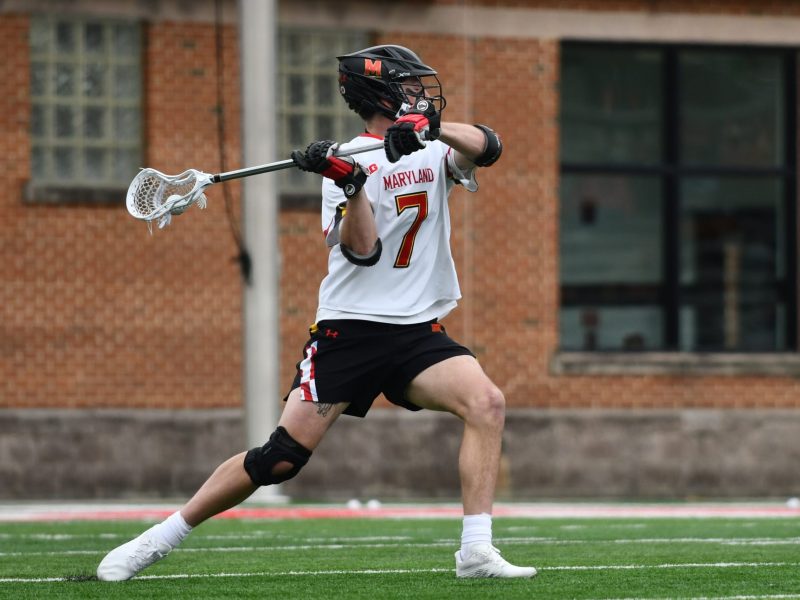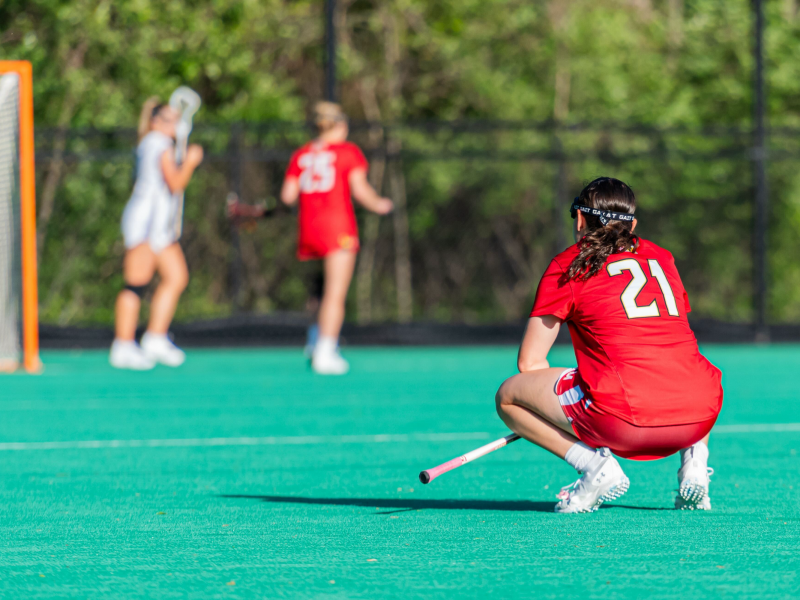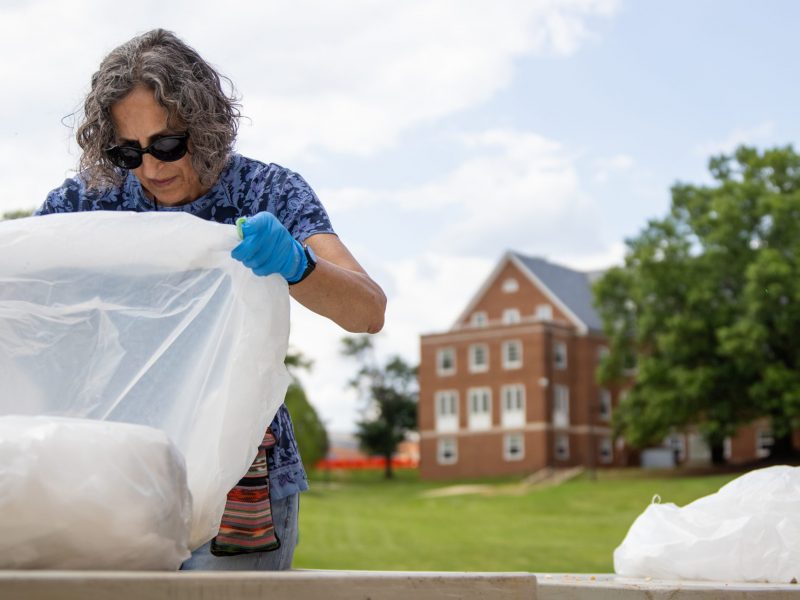
Friends
Ever thought a character on a sitcom felt really familiar? Maybe they reminded you of a friend — not one of your friends, but one of the characters on the show Friends, which is celebrating its 20th anniversary this week.
Friends has certainly influenced the sitcom landscape in a big way, but more so than the show itself, it’s the six characters who have really changed the sitcom game, each with their own idiosyncrasies that have lasted way beyond the show’s conclusion in 2004.
So, if it hasn’t been your week, your month or even your year, sit down and take a look at how each Friends character has made their mark on television.
Monica Geller, played by Courteney Cox
Like many of the Friends characters, Monica at the end of the show’s run barely resembled who she was at the beginning. Her Type-A tendencies were exacerbated for comedy, resulting in a controlling and competitive neat freak by the show’s 10th season. And it’s not that these developments weren’t funny, but keep in mind that Monica was something of a straight woman in the early goings of the show, as she opened her apartment to her best friend from high school who ran out on her wedding.
But Monica did not disappear 10 years ago when Friends ended. Her legacy lives on in any ensemble cast in a sitcom with a female character who is bossy or neurotic, from Scrubs’ Elliot Reid to Happy Endings’ Jane Kerkovich-Williams. The closest doppelganger currently on television has to be Claire Dunphy from Modern Family, who acts like Monica plus children. She even shares being married to a goofy, comedic relief-providing husband. Despite Monica’s growth into cartoonish territory on Friends, her legacy is undeniable, because how many cartoonish wives have we seen on TV since Monica? It’s OK, I bet none of them had these moves.
Joey Tribbiani, played by Matt LeBlanc
Well, the immediate impact of Joey was Joey, but the less said about that, the better. And LeBlanc playing himself on Episodes certainly bears some resemblance to the dim-witted actor he perfected over 10 seasons, as well. But the trope of the Joey — the dumb but lovable character — is not very difficult to find in the post-Friends landscape.
If you’re looking for Joey on today’s television, Modern Family provides the answer once again with Phil Dunphy. It’s not a perfect match — Phil definitely has more wit — but there’s a strong resemblance. Another Joey-esque character is Andy Dwyer from Parks and Recreation. Although Andy (played by current it-guy Chris Pratt) started as Ann Perkins’ jerk boyfriend, the character soon developed into something closer to Joey, a simple but charming oaf whose flaws are overlooked by his friends. Friends’ Joey is probably not the most novel character of the group of six, but the legacy of a sweet, stupid character permeates sitcoms today. And don’t forget Joey was the only friend who actually seemed like he was from New York — it’s fair to say most sitcoms don’t even bother anymore with that kind of specificity.
Rachel Green, played by Jennifer Aniston
When you hear “the Rachel,” you probably think of a haircut. But Rachel’s growth throughout Friends’ 10-year run, from a spoiled daddy’s girl to a working mother, is the most startling aspect of the character. And unlike Monica and some of the other Friends characters, Rachel’s development felt more natural and less forced. Rachel’s career got a lot of focus throughout Friends, from her beginnings at Central Perk to her rise through the fashion industry (kissing her boss on a job interview notwithstanding). It’s quite possible that Rachel was the most complete character on Friends, but her influence is a bit more complicated.
Most sitcoms attempting a Rachel character might not have run long enough to develop their characters. Rachel presented the idea of a woman “having it all,” something also associated with a very different character in 30 Rock’s Liz Lemon. But I think the closest Rachel we’ve seen since Friends is Robin from How I Met Your Mother. It’s true that Rachel and Robin have very different personalities: Rachel is the quintessential Manhattan princess and Robin the tomboy canuck. However, the attention to their romantic relationships and careers throughout their respective series is what bonds them together.
Robin might have been a gun-toting, cigar-smoking Canadian, but her arc as the burgeoning career woman of the group feels as though it was directly influenced by Rachel’s climb up the ladder. The most glaring difference is Robin’s lack of an iconic hairdo.
Ross Geller, played by David Schwimmer
Ross underwent major changes throughout Friends, but they were definitely for the better. That’s because early Ross was kind of (OK, extremely) annoying. With his patented depressed-sounding “Hi,” the Ross in Friends’ early stages was a bit of a sad sack, defined by his self-pity over his (first) divorce and his endless pining over high school crush Rachel.
And while Ross’ irksomeness never really went away, the show found a different way to use Ross, ultimately mining the misery for high comedy. Schwimmer was never heralded for his comedic skills, but Friends found better ways to get laughs from Ross through playing up his trauma (three divorces!) for laughs. It helps that Schwimmer became an impressive physical comedian, and if you don’t agree, I have two words for you: leather pants.
And it’s safe to say the annoying romantic lead in Ross has lived on past Friends. While you can make a case for other guys, like J.D. on Scrubs or Dave on Happy Endings, the best Ross since Ross is easily How I Met Your Mother’s Ted Mosby. Ted had a lot of the same qualities — hopeless romanticism, selfishness and a tendency toward becoming downright irritating. And don’t forget the years and years of pining after one girl that borders on creepy. That said, I think it takes a gentle touch to make a Ross work, and How I Met Your Mother didn’t always have that. Ross was a more charming and sympathetic character than Ted, and that’s a big reason why Friends holds up a little better as a series.
Chandler Bing, played by Matthew Perry
The most obvious influence of Chandler Bing is in sitcom roles inhabited by Matthew Perry since Friends ended. Chandler was just so intrinsically tied up in Perry that it’s hard to examine his direct sitcom legacy. Sure, many sitcoms have a wise guy, but a lot of Chandler’s comedy was more self-deprecating, and his infamous delivery (could this joke BE any more overdone?) is signature Perry.
So beyond Perry’s failed post-Friends shows (Mr. Sunshine, Go On), I don’t think there’s a strong enough argument for any character with a direct Chandler influence.
Bing was a product of his time, more in line with Jerry Seinfeld in Seinfeld or Ray Romano in Everybody Loves Raymond, a character who is inseparable from the actor and his specific comedic talent. This idea existed before Chandler and it has existed since, but Chandler might just be the most recognizable name from all the Friends characters. Now look out for Perry’s next venture into sitcoms — a 2015 relaunch of The Odd Couple, in which Perry will obviously be the Oscar.
Phoebe Buffay, played by Lisa Kudrow
Like Chandler, I think Phoebe’s exact legacy is difficult to peg. Sure, she’s a ditzy blonde, but Phoebe’s quirks extended way beyond that, and, like Perry, Kudrow made Phoebe all her own in a way that has not been replicated since Friends. Phoebe is a character who is better defined by her influences than what came after her (such as the comedic stylings of Teri Garr, who was even cast as Phoebe’s birth mother).
I think it’s safe to say, like Perry, Phoebe has not been successfully recreated after Friends. But unlike Perry, who carries a bit of Chandler into other roles, Kudrow’s Phoebe is limited to Friends. Kudrow’s post-Friends television roles, like Fiona Wallice on Web Therapy or Valerie Cherish on The Comeback, are unique characters that draw little comparison to Phoebe. It makes Phoebe’s legacy more difficult to determine, but maybe Phoebe — and her sublimely silly songcraft — is a wonder specific to Friends.



